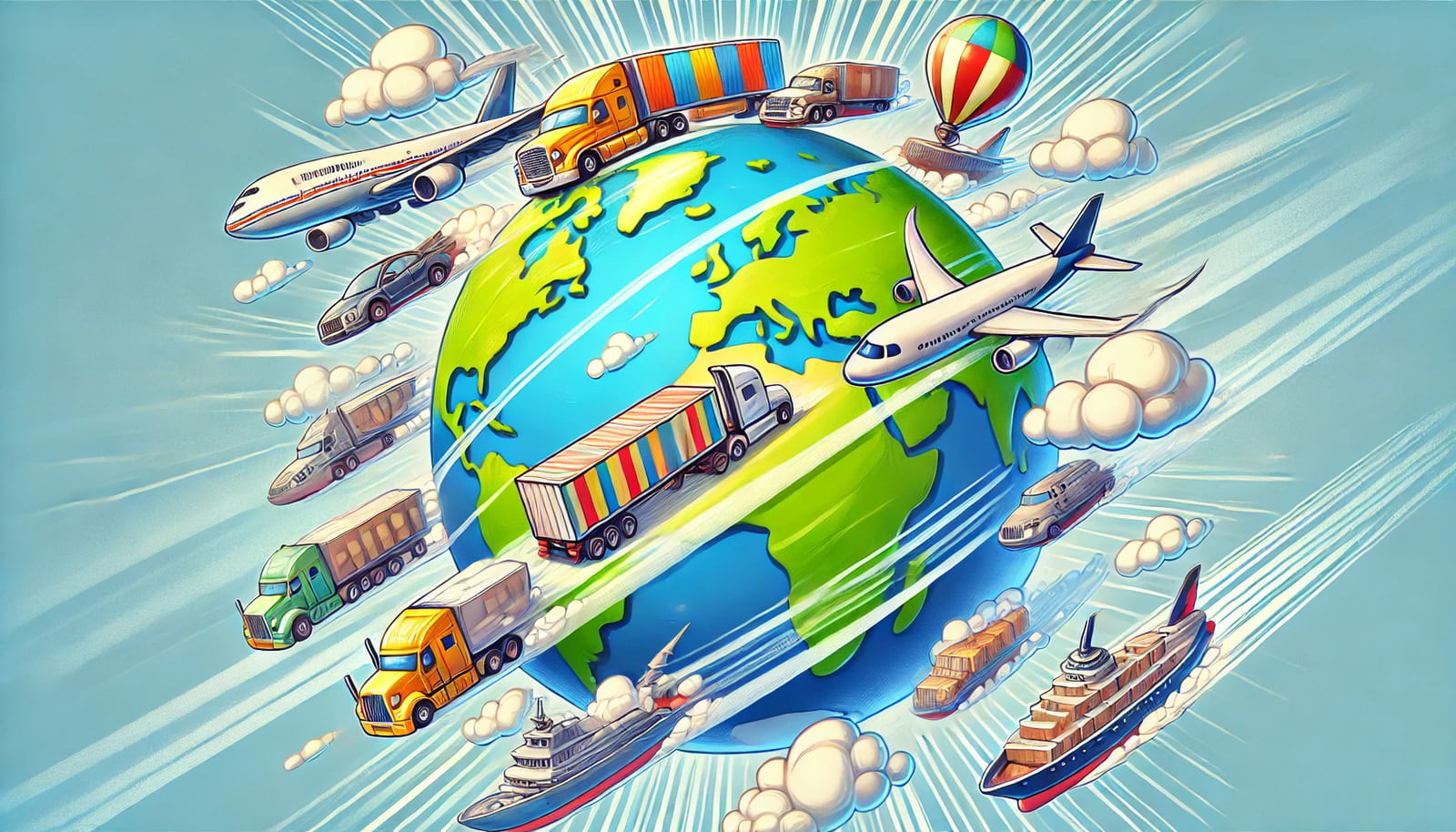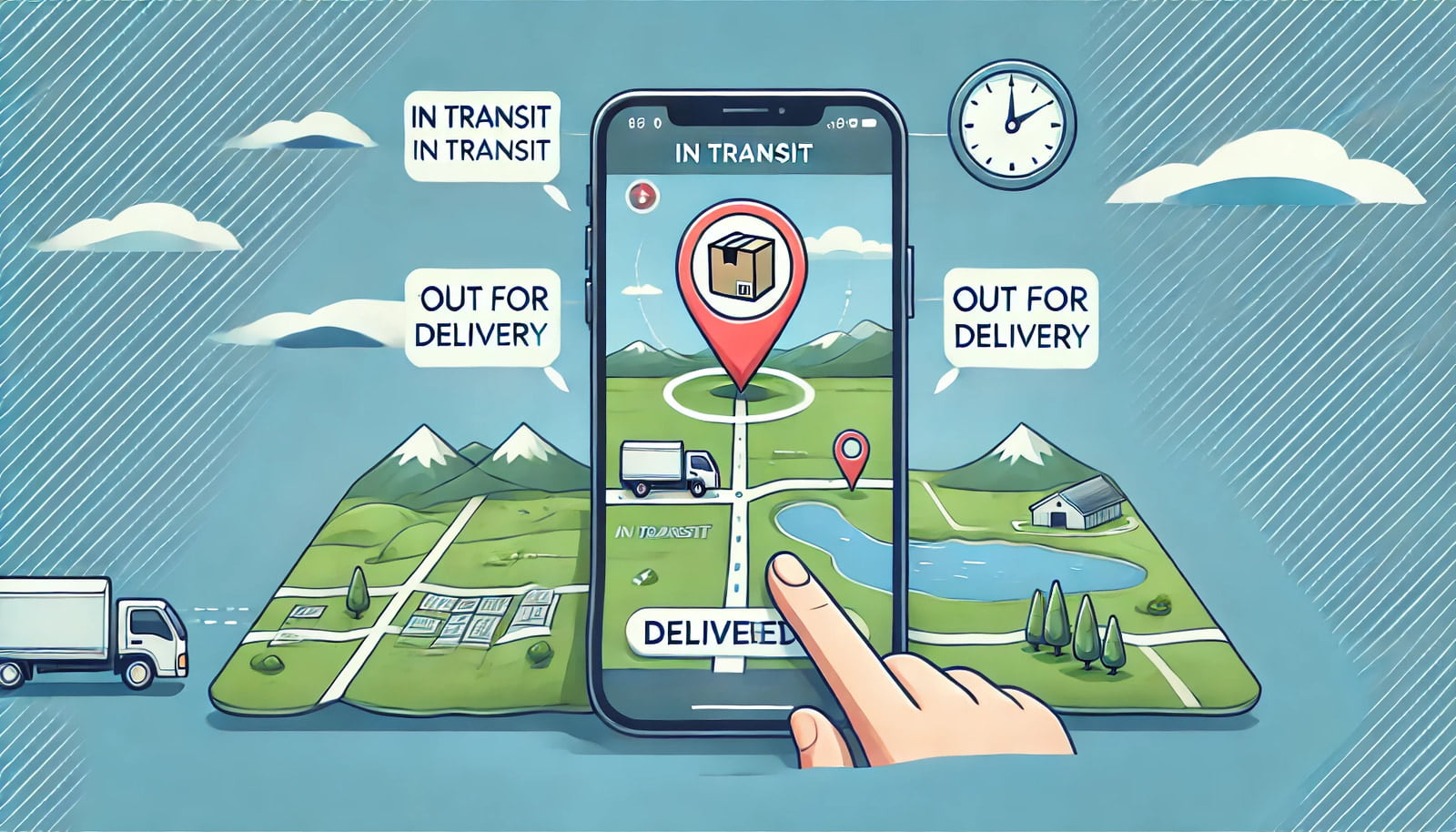
In the past decade, e-commerce has revolutionized not just how we shop, but also how products move from sellers to buyers. As more consumers opt for online shopping, the shipping industry has had to undergo massive transformation to meet the increasing demand for fast, efficient, and reliable delivery services. Let’s explore how e-commerce has reshaped the shipping industry and what changes are still unfolding.
1. The Demand for Speed and Convenience.
One of the most significant ways e-commerce has changed shipping is by intensifying the demand for speed and convenience. Consumers now expect faster deliveries than ever before, with companies like Amazon popularizing same-day and next-day shipping. The traditional model, where customers would wait days or even weeks for their orders to arrive, is no longer competitive.
This has forced shipping companies to innovate. To meet these new expectations, they’ve adopted more efficient logistics practices, automated fulfillment centers, and even used AI and data analytics to optimize delivery routes. Distribution centers have been decentralized, enabling goods to be stored closer to end consumers, significantly reducing transit times.
2. Growth in Small Parcels.
E-commerce has caused an explosion in the number of small parcels being shipped. Consumers are increasingly buying individual items online, and this shift has led to a decline in bulk shipments while boosting the need for small package deliveries. Companies like FedEx, UPS, and DHL have had to adjust their networks to handle a growing number of lightweight, often irregular-sized packages.
This surge in smaller, more frequent shipments has also put pressure on shipping companies to improve efficiency. They’ve invested in technology that enables automated sorting of packages and faster processing to keep up with the volume of parcels moving through their networks.
3. Last-Mile Delivery Revolution.
The final stage of shipping — known as “last-mile delivery” — is one of the most crucial aspects influenced by e-commerce. It refers to the process of getting a package from a distribution center to the customer’s doorstep. This step has always been the most costly and time-consuming, but with the rise of e-commerce, it’s become an even bigger challenge.
To address last-mile delivery, shipping companies are employing innovative solutions, including:
- Drone deliveries: Companies like Amazon are experimenting with drones to deliver packages quickly and autonomously to customers.
- Crowdsourced delivery services: Startups like Postmates and Uber Eats have paved the way for using gig economy workers to handle the last-mile delivery, offering consumers more flexible and personalized delivery options.
- Smart lockers and collection points: To streamline last-mile logistics, companies have set up secure lockers in convenient locations where customers can collect their packages, reducing the need for multiple delivery attempts.

4. Environmental Concerns and Sustainable Practices.
The exponential growth in e-commerce shipments has also brought environmental concerns to the forefront. With more vehicles on the road making more frequent deliveries, carbon emissions from the shipping industry have risen. In response, companies are taking action to adopt greener practices:
- Electric vehicles (EVs): Some major shipping companies are transitioning to electric or hybrid vehicles to reduce emissions.
- Optimized routing algorithms: By employing AI-powered software to plan more efficient delivery routes, companies can cut down on fuel consumption.
- Sustainable packaging: Many e-commerce businesses are reducing excess packaging and using eco-friendly materials to minimize waste.
5. Globalization and Cross-Border Shipping.
E-commerce has flattened the world by making it easier than ever for consumers to buy products from anywhere in the world. This has dramatically increased the demand for international shipping. While this presents new opportunities for logistics companies, it also introduces challenges like navigating customs regulations, managing longer delivery times, and handling international returns.
To accommodate cross-border e-commerce, shipping companies have partnered with global carriers and have enhanced their tracking capabilities, ensuring that customers can follow their international packages through every stage of the journey.
6. Enhanced Tracking and Transparency.
One of the most notable improvements in shipping due to e-commerce is the increased transparency in the shipping process. Customers now expect real-time tracking and frequent updates on the status of their deliveries. As a result, shipping companies have had to upgrade their tracking systems, offering end-to-end visibility through apps and websites.
Real-time updates not only improve customer satisfaction but also help shipping companies prevent issues like lost packages and delays, creating a more seamless shipping experience for both the consumer and the retailer.

7. The Rise of Third-Party Logistics (3PLs).
As e-commerce businesses scale, many find that handling logistics in-house is too complex or expensive. This has fueled the growth of third-party logistics (3PL) providers, who manage warehousing, inventory, and shipping on behalf of e-commerce retailers.
By outsourcing these tasks, e-commerce businesses can focus on growing their core operations while 3PLs take care of getting products to customers efficiently. The rise of 3PLs has also driven shipping innovation, as these companies invest in advanced technologies and practices to handle the ever-increasing demand.
Conclusion.


